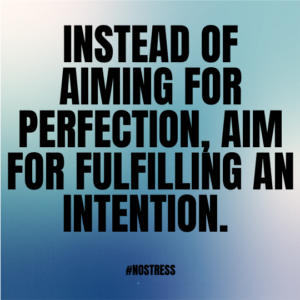
Kanye West, Process Writer
Who knew Kanye West could represent the messy writing process? He writes a new album— The Life of Pablo— and kind of releases it early at Madison Square Garden in February 2016, picking and choosing which songs to debut, dubious about the song titles, and just as dubious about the lyrics.
Two days prior, Kanye West had played his album, which had different lyrics, for his friends. And a few weeks after the MSG show, West released the album on Tidal, Jay-Z’s streaming service, with even more lyrical changes, elongating some songs and truncating others. He’s changed the album cover at least once, and from the time he announced its title in 2015, he’s changed it three times: So Help Me God, and then Swish, then Waves, now The Life of Pablo.
The album is not a physical entity — who knows when or if that will happen? The Life of Pablo exists only in the digital ether, so why not change it on a whim or many whims?
Whether West’s changes are capricious or calculated is up for argument. But he does seem to be extending a new template for the twenty-first-century writer. In this digital age, revision is constant; drafts are practically infinite. Crowdsourcing is becoming increasingly popular with writers who enjoy immediate and consistent feedback from their audience. Writing is interactive, a new type of call and response, a new negotiation of power.
Platforms such as Wattpad and Scriggler exemplify and embrace this new wave of literary invention. They are spaces where writers and readers exchange ideas and develop stories. Such sites expand the playing field to include players and spectators.
Traditional critique groups do this—to an extent. Unlike the digital arena, they offer limited readership and feedback. The new cyber writing allows thousands of eyes to access your work with a quicker turn-around. As a result, your story is in a steady limbo, always evolving, never perfect.
Here’s what the limbo state means for writers: Ask does your story fulfill its intention instead of is it perfect. What do you want your audience to do, think, or feel after reading it? Answering these questions will minimize stress and position you to experience feedback with an open mind.
Interactive writing redefines perfection, changing it from concrete to fluid. It is no longer an end to which we crawl and stumble. Instead, perfection is a shape-shifter, never the same at any two moments. Your story looks good today. Tomorrow it may look better to you but worse to your readers. If you want to change it, you can. The conversation between you, your story, and your audience is open-ended.
Once you sell your story to a traditional publisher, you will have to close the conversation. But if you self-publish, it can continue as long as you’d like. Some may find this reassuring; others, terrifying. Either way, the possibilities of a story are wonderfully messy and truly endless.




Very interesting and true! I am constantly going back into my published blogs and tweaking them. If I happen to read them there is always an edit I’ve missed or a way to phrase it better. I am going to be thinking about this; this article will be staying with me for a bit. Thanks for sharing!
Hi, Christy. I find myself tweaking my published blogs too! Knowing that I can always go back and change something is a relief. Thanks for reading!